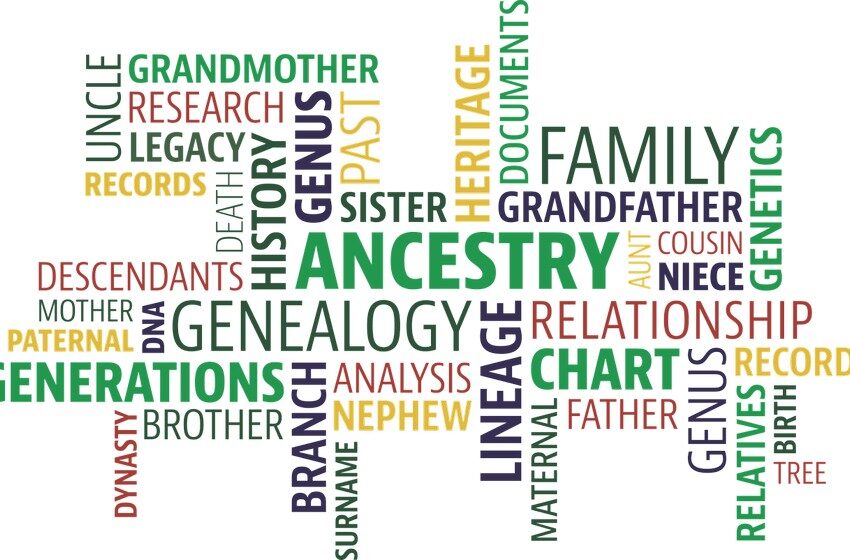
How to make a genealogical tree: on your own and for free
If you decide to make your own genealogical tree, it is best to start your research with the family archives. Study all the old photos, official documents, letters related to your older relatives. Various marriage certificates, birth certificates, death certificates, diplomas, certificates of employment, award certificates, etc. will be especially useful.
All data should be scanned (keeping everything only in paper form is not too reliable), and then used to make a digital chart. The original documents should be put in one folder and put in a place where you will not lose them.
Next you should interview all relatives. Do not delay, the most information you can get about older relatives, and they are not eternal. It is worth making a list of questions in advance, so as not to miss anything. First of all you should be interested in:
- The name of the relatives;
- Date and place of birth;
- places of work (by year);
- years and places of education;
- marital unions (also by year);
- Number of children, their names and dates of birth;
- dates of death, where they may be buried.
Knowing most of these data, you can make requests to archives and collect information there.
But you should not neglect the stories about the life of your relatives. Traditions, legends, memorable events unite generations and give a sense of belonging to something greater.
Put all collected information into the scheme at once, so as not to lose anything, not to mix up and not to forget. Structure the data, it is best to have a separate file for each branch or relative.
What information to collect first: 7 basic points
First of all, you need to collect a family archive. Find any surviving official documents, photos, certificates or awards that belonged to your relatives:
- Birth, marriage, and death certificates;
- employment records;
- certificates;
- Diplomas and certificates;
- letters of commendation;
- Certificates of merit; award certificates.
Digitize information and put it into a computer right away. Structure the data, record all conversations with older relatives on a tape recorder, and only then transcribe the audio into text format. Make backup copies of the data (technology can fail at the most unfortunate moment).
During the conversation with your relatives, first of all try to get information about:
- dates of birth;
- First and last names and patronymics;
- places of study (and years of study);
- places and times of work;
- marital unions and children (with their names and dates of birth);
- places and years of service and death;
- notes, family legends.


